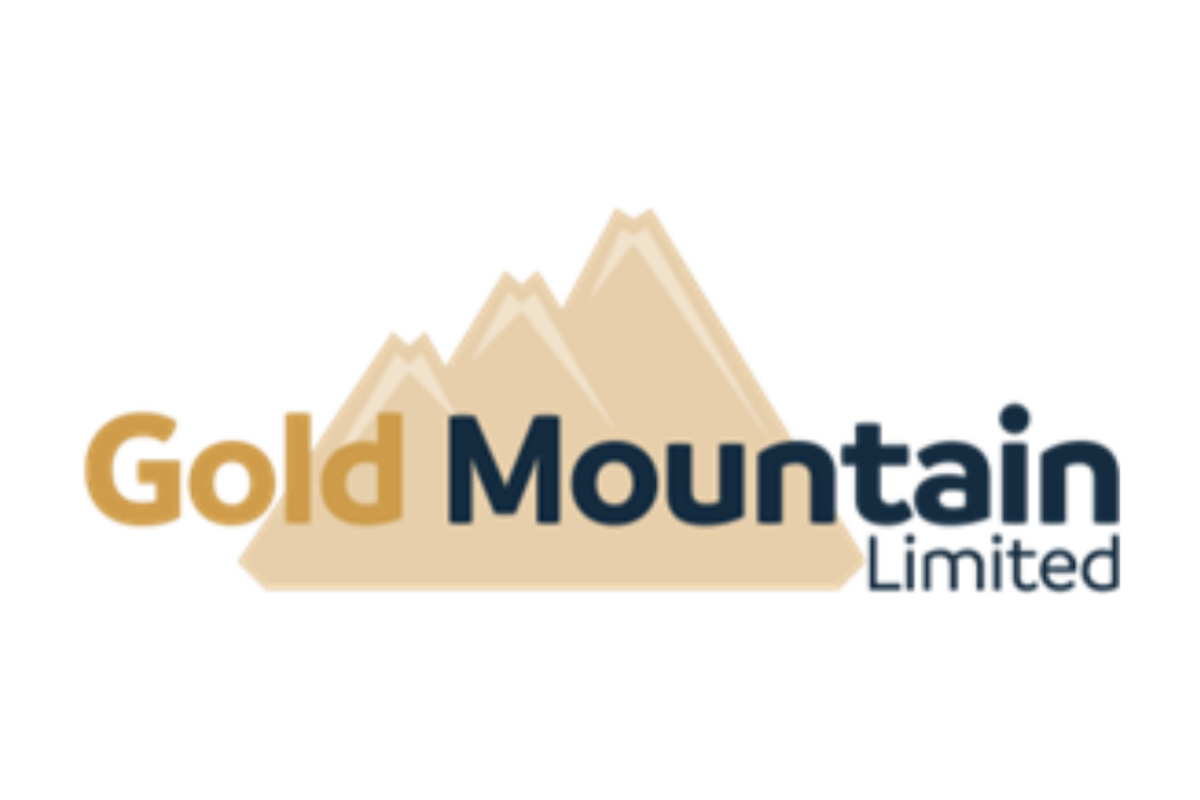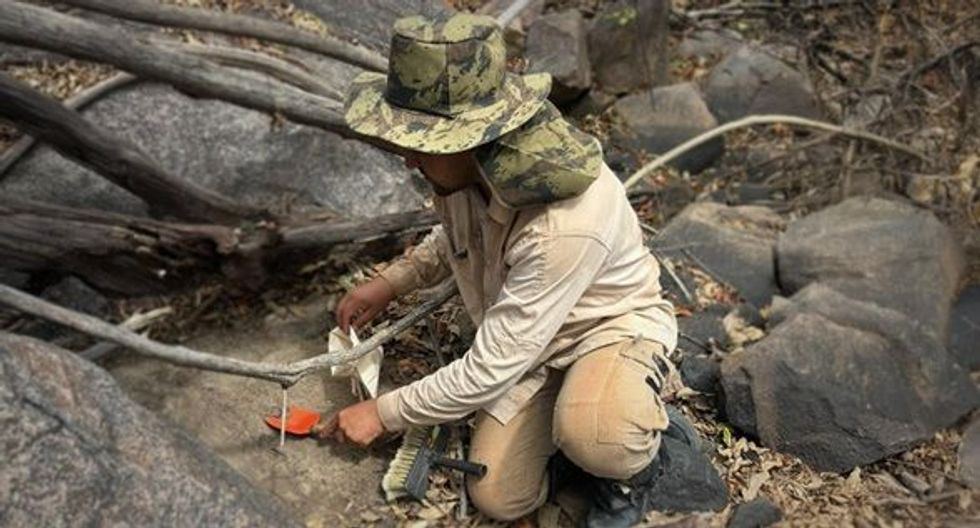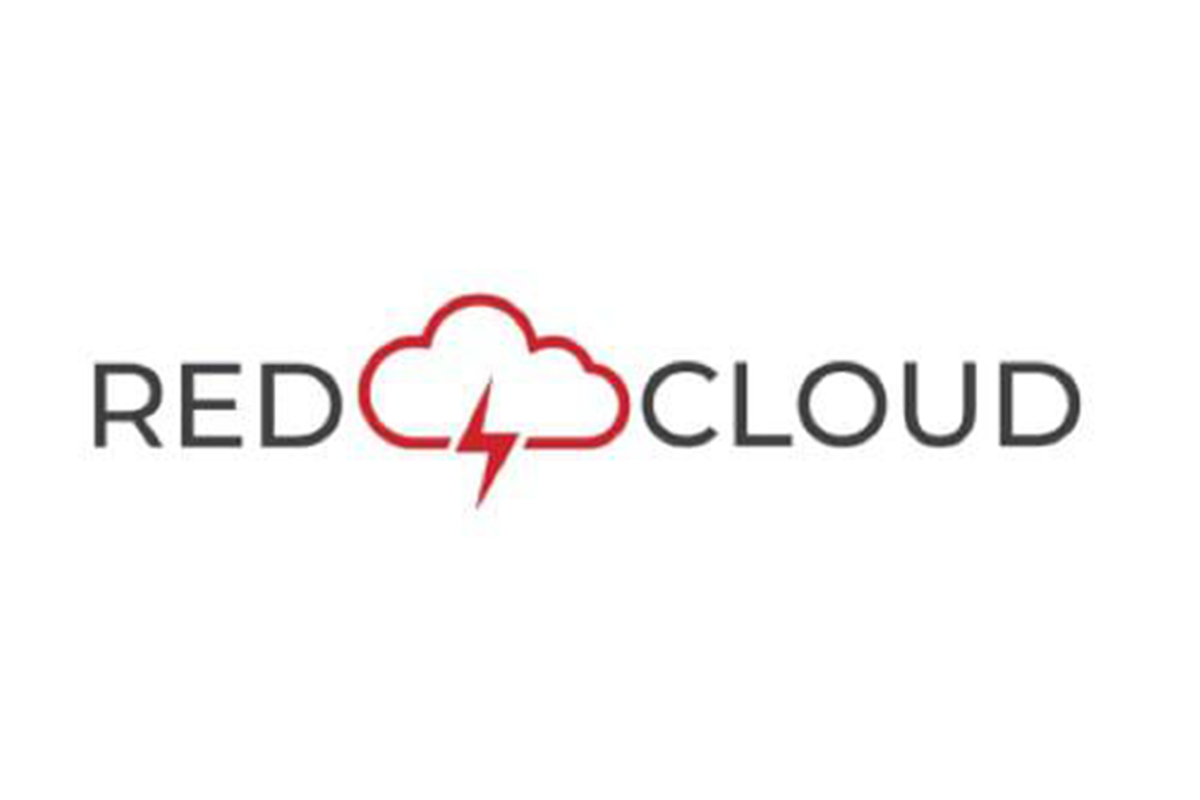
January 21, 2025
Gold Mountain Limited (ASX: GMN) (“Gold Mountain” or “the Company” or “GMN”) is pleased to announce it has received 52 stream sediment samples from the Iguatu North Project in Central Brazil. The anomalies represent a new style of target for GMN in the Iguatu North Project area.
Highlights
Work Undertaken
- Assays received from 52 regional stream sediment samples at Iguatu North Project with widespread coincident Copper-Nickel anomalies supported by Cobalt, Palladium and Chromium anomalies.
- High order Ni-Cu anomalies over 3 km long surrounded by lower order anomalies.
- Geochemical anomalies clearly indicate the priority area for initial follow up work to define mineralised drill targets.

David Evans, Managing Director, commented:
We are delighted to identify potential for Copper-Nickel-PGE mineralisation within our Iguatu tenements. The proximity of these anomalies to the Pedra Branca PGE deposit, just 25 km northeast, is highly encouraging.
With samples returning copper and nickel values up to two and four times higher than the program's average, respectively, these results also present an opportunity for Gold Mountain to add exciting Copper-Nickel-PGE targets to its existing lithium and rare earth prospects.
Future Workplan
- Iguatu North Ni-Cu anomalous areas will be tested by infill stream sediment and soil sampling followed by IP or other ground or airborne geophysics to define specific drill targets.
- Mapping of the full extent of the mafic intrusives interpreted to be present will be undertaken.
- Drilling will be undertaken on defined targets.
Details
Stream sediment sampling was carried out in a broad network of samples over the Iguatu North tenements, which were initially acquired for their Copper and Lithium potential.
Interpretation of results consisted of determining populations of results considered to be anomalous and then separating anomalous results for copper and carrying out element correlations on the copper anomalous samples.
Table 1 shows the correlation coefficients for a series of elements considered important for mafic intrusive hosted nickel-copper-PGE mineralisation and for IOCG style mineralisation.
Click here for the full ASX Release
This article includes content from Gold Mountain, licensed for the purpose of publishing on Investing News Australia. This article does not constitute financial product advice. It is your responsibility to perform proper due diligence before acting upon any information provided here. Please refer to our full disclaimer here.
The Conversation (0)
01 December
Australia Minerals Council Blasts EPBC Bill’s Lack of Environment and Mining Balance
“The deal between the Federal Government and the Greens to pass the Environment Protection Reform Bill 2025 and related bills is an inferior and disappointing outcome which fails to strike the right balance between protecting Australia’s unique environment while enabling responsible and... Keep Reading...
28 November
Completion of the Acquisition of the Webbs Consol Silver Project
Rapid Critical Metals Limited (‘Rapid,’ ‘RCM’ or ‘Company’) is pleased to announce that it has completed the acquisition of the Webbs Consol Silver Project (Webbs Consol) in northeast New South Wales, comprising EL 8933 and EL 9454 from Lode Resources Limited (ASX: LDR) (Lode Resources). The... Keep Reading...
19 November
Red Mountain Mining Successfully Lists on the US Stock Market with a Strong Trading Debut Up 36%
Red Mountain Mining Limited (ASX: RMX, US CODE: RMXFF, or “Company”), a Critical Minerals exploration and development company with a growing portfolio in Tier-1 Mining Districts in the United States and Australia, is pleased to announce that RMXFF successfully commenced trading on the OTCQB this... Keep Reading...
18 November
Steve Barton: Mining Stocks — How I Pick Winners, When to Buy and Sell
Steve Barton, host of In It To Win It, shares how he picks mining stocks, running through his initial screening process for companies, as well as the questions he asks CEOs.He also explains how he decides when to buy and when to sell.Don't forget to follow us @INN_Resource for real-time... Keep Reading...
10 November
Lunar Mining Set to Favor Established Miners Over Startups, Analyst Says
As humanity edges closer to mining the moon, industry analysts warn that established mining companies, not venture-backed space startups, may dominate the emerging lunar resource sector. The space mining market, projected to reach US$20 billion by 2035, has attracted significant attention from... Keep Reading...
31 October
Red Cloud Announces Keynote Lineup and Agenda for 2025 Fall Mining Showcase
Red Cloud is excited to announce the agenda and keynote lineup for its annual Fall Mining Showcase, taking place November 4 & 5, 2025 at the Sheraton Centre Toronto Hotel. This flagship event will bring together over 80 mining and exploration companies, along with leading investors, analysts,... Keep Reading...
Latest News
Latest Press Releases
Related News
TOP STOCKS
American Battery4.030.24
Aion Therapeutic0.10-0.01
Cybin Corp2.140.00





